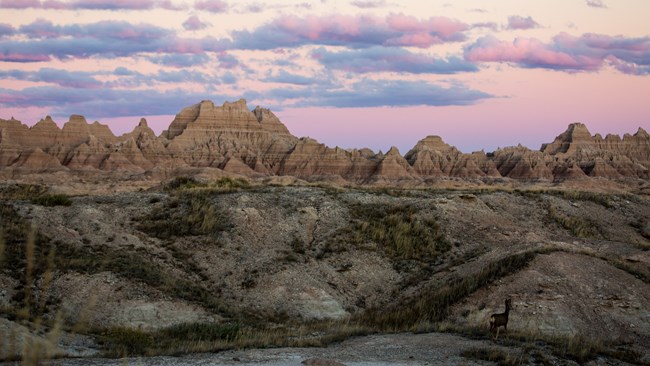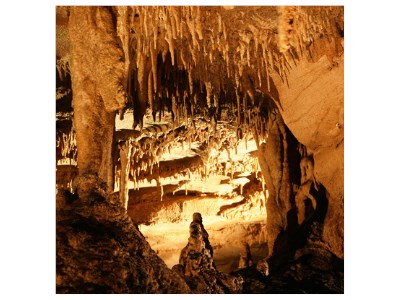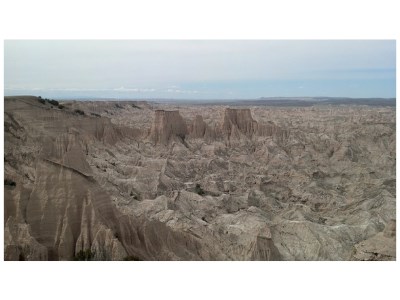
NPS Photo / Mackenzie Reed Soak in the beauty our National Parks have to offer in the below images, then complete your activity by exploring some of these wonders online. As budding Geoscientists, let this list inspire your next adventure as you explore the great outdoors! Build Your Bucket List ActivityDirections: For this fun activity you will Build Your Bucket List to see geologic wonders in National Parks!

NPS Photo Mammoth Cave National ParkKentucky Mammoth is the longest recorded cave system in the world with over 400 mapped miles. Mammoth preserves part of an archetypal karst landscape in South-Central Kentucky with sinkholes, vertical shafts, windows, and springs amongst other features. Geodiversity Atlas | Park HomeHawai'i Volcanoes National ParkHawai'i Hawaii Volcanoes National Park contains the world's most massive mountain, Mauna Loa at 13,677 feet. The park also contains Kilauea, the world's most active volcano and produces enough volcanic material every day to cover a football field to the height of the Washington Monument and has been erupting continuously since 1983! 
NPS Photo Badlands National ParkSouth Dakota

NPS Photo / Patrick Myers Great Sand Dunes National Park and PreserveColorado 
NPS Photo Aniakchak National MonumentAlaska

NPS Photo Devils Postpile National MonumentCalifornia View one of the world's finest examples of columnar basalt with continuous columns over 60 feet high! Lava flows filled the Middle Fork of the San Joaquin River to over 400 feet deep and helped form the almost perfectly hexagonal columns. Around 10,000 years ago, glaciers truncated and carved into the lava flow, exposing the interior. The Devil's Postpile is a breathtaking site to see! 
NPS Photo Crater Lake National ParkOregon Just under 2,000 feet, Crater Lake is the deepest lake in the United States and the second deepest in the Western Hemisphere! Mount Mazama once rising over 12,000 feet in the Cascade Range, erupted around 8,000 years ago. The cataclysmic emptying of the magma chamber caused the mountain to collapse, forming a deep caldera that has subsequently filled with rain and snow melt creating Crater Lake. 
NPS Photo Rainbow Bridge National MonumentUtah The world's largest natural bridge is over 290 feet tall and 275 feet wide! Water flows through the Bridge Canyon drainage in a tight curve around a thin fin of soft Navajo Sandstone jutting into the canyon. Eventually this fin was breached and Bridge Creek changed course to flow through Rainbow Bridge. When full, Lake Powell obscures some of the height of Rainbow Bridge. 
NPS Photo Fossil Butte National MonumentWyoming Find some of the most nearly perfectly preserved fossils of ancient plant and animal life in the world! Fossil Butte contains one of the world's best collection of fossilized freshwater fish, hundreds of insect species, uncounted plant species, and various other organisms such as bats, birds, turtles, and crocodiles. Fossil Butte originated as Fossil Lake, where the calcium carbonate helped preserve the organisms which fell to the bottom of the lake. 
NPS Photo White Sands National MonumentNew Mexico Contains one of the few examples of yardangs in the United States. Yardangs are streamlined, wind-eroded ridges found in arid regions. The White Sands' yardangs are well developed and impressive in size. The elongate yardangs form in the lightly cemented gypsum sand and are eroded by the prevailing southwest to northeast winds. Important Links
|
Last updated: December 30, 2022
